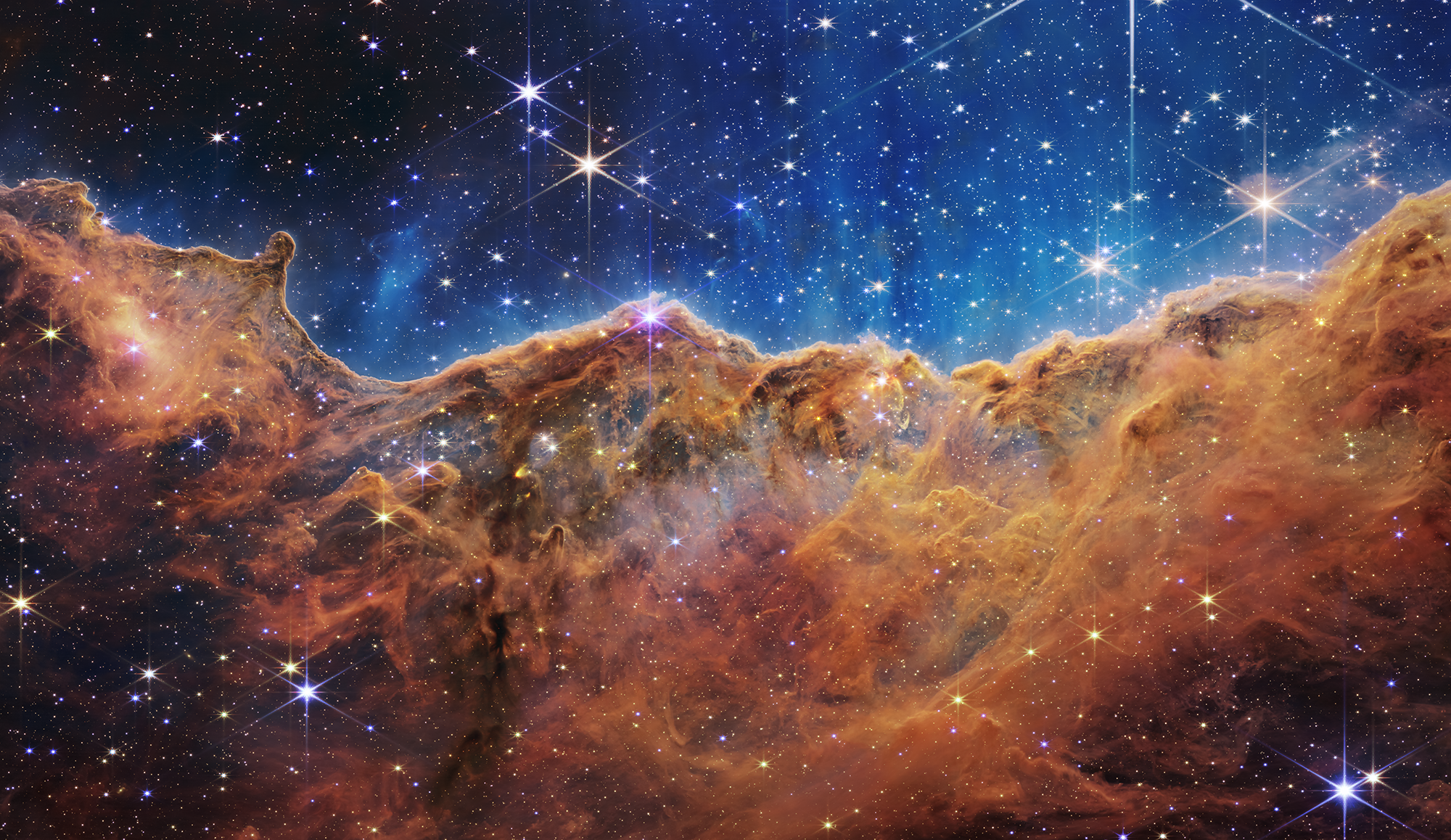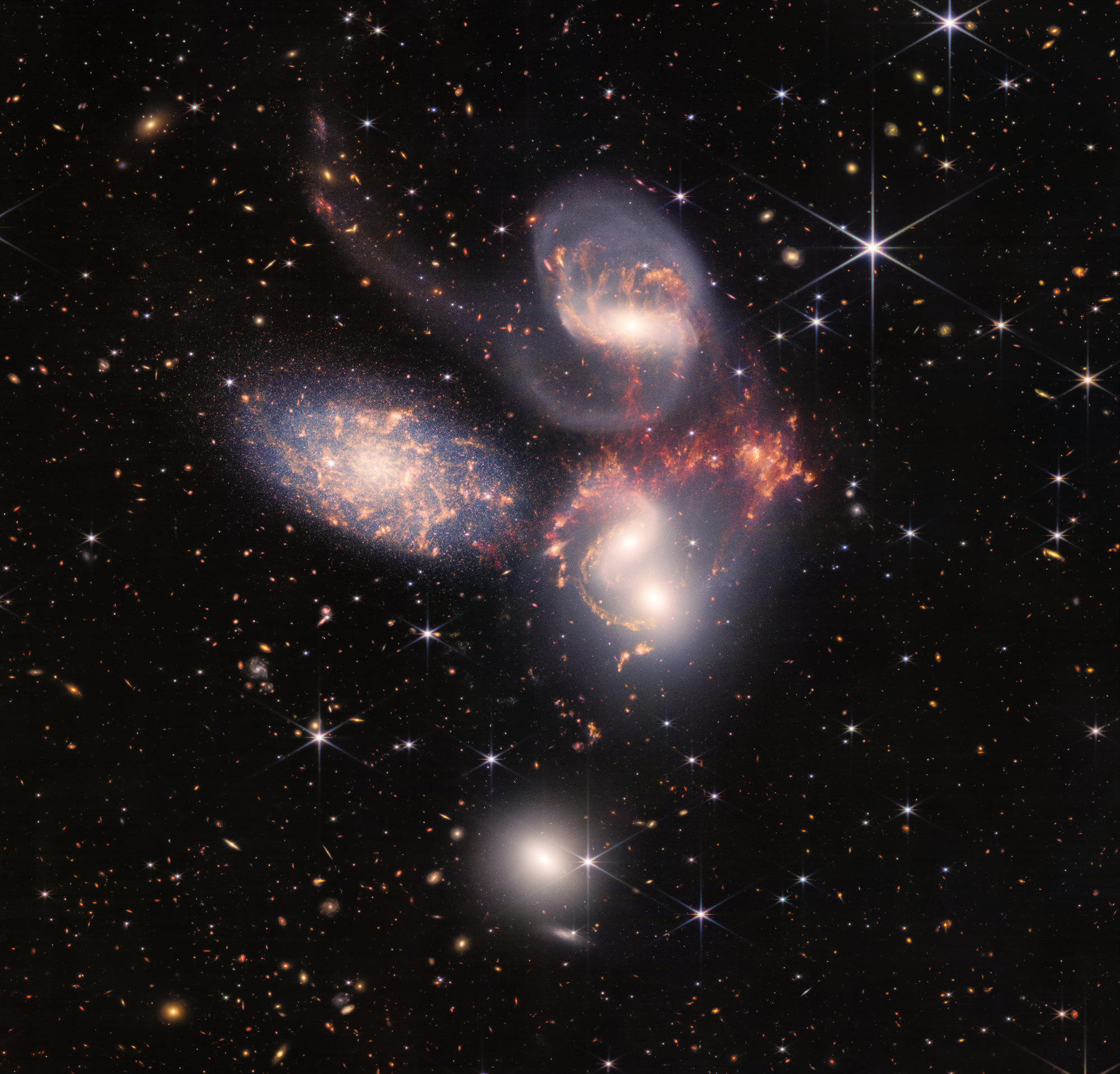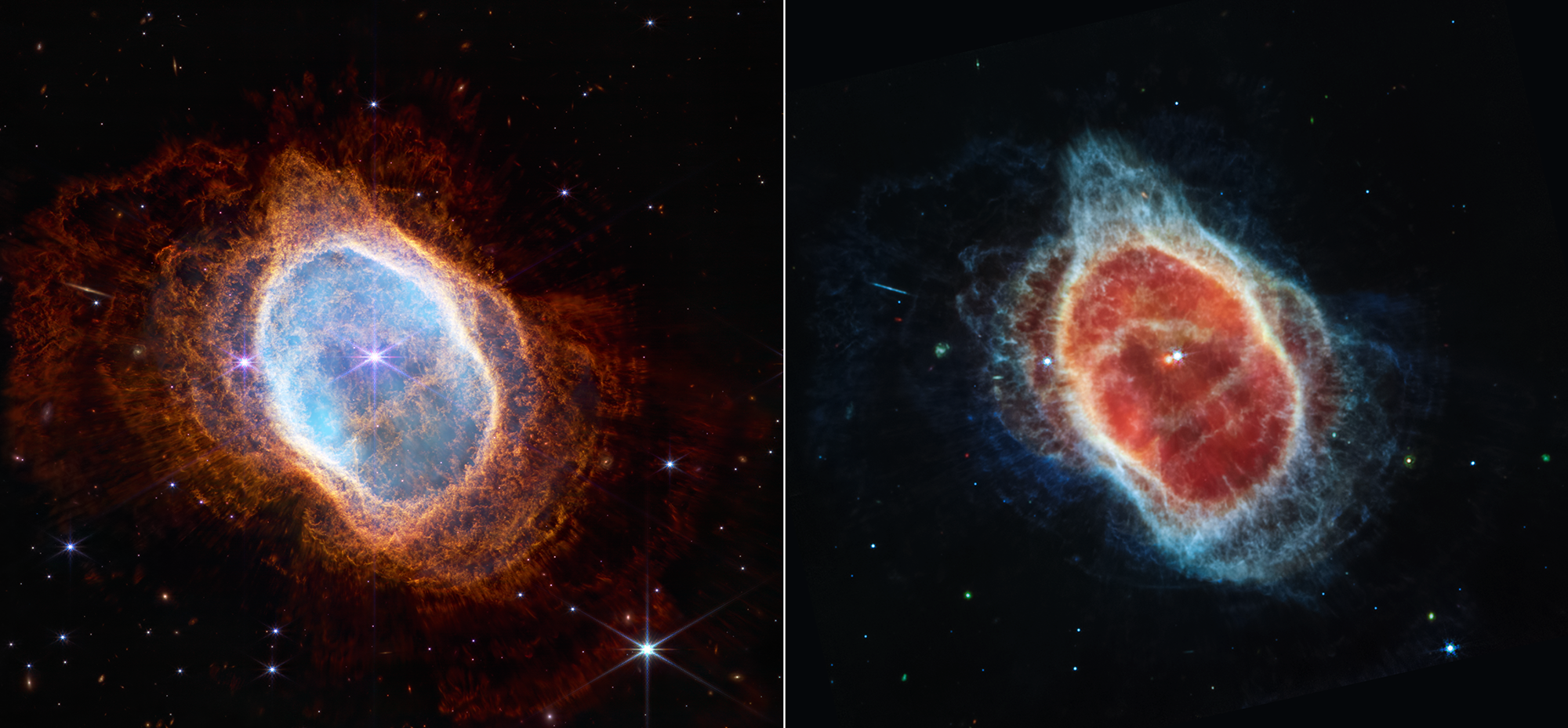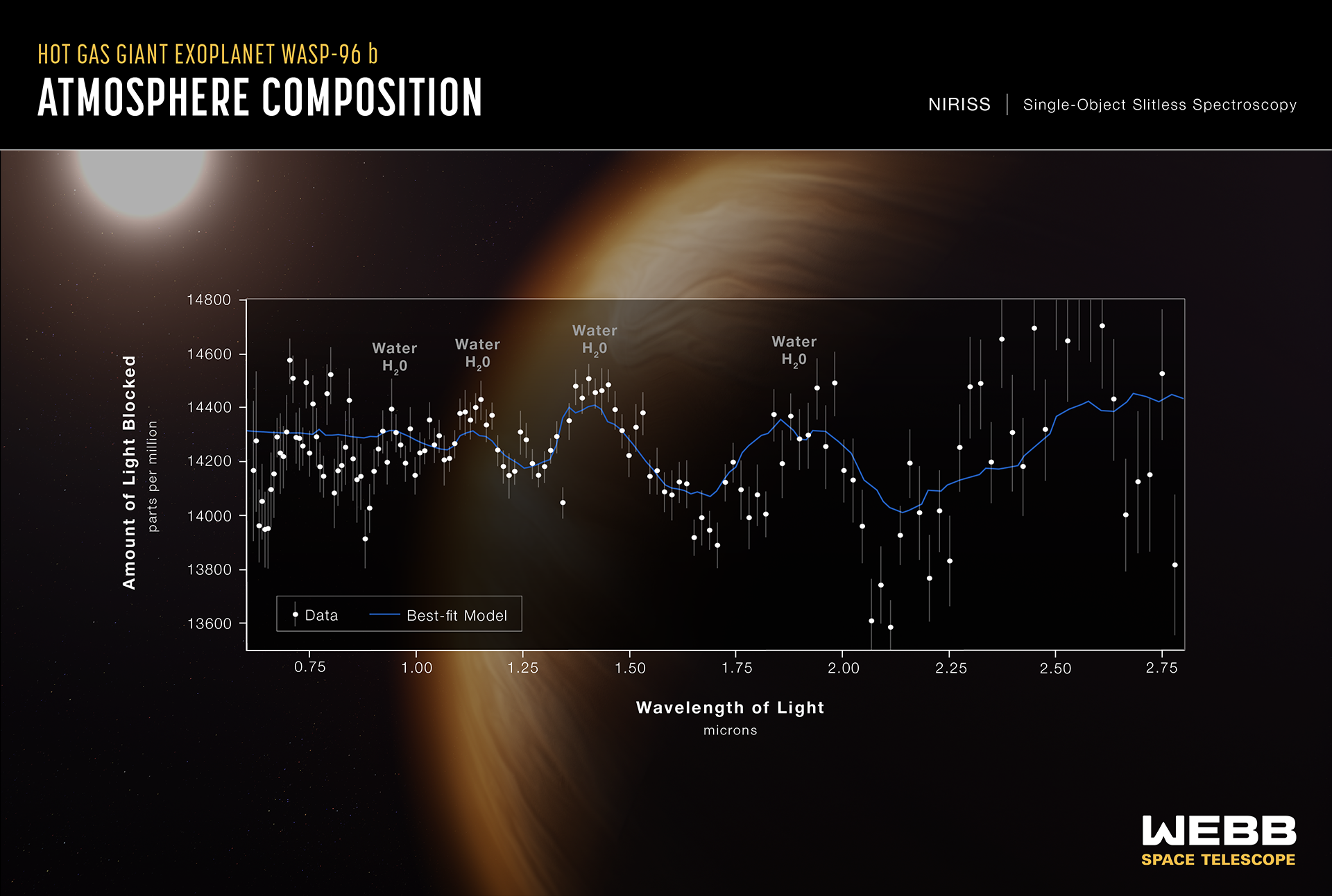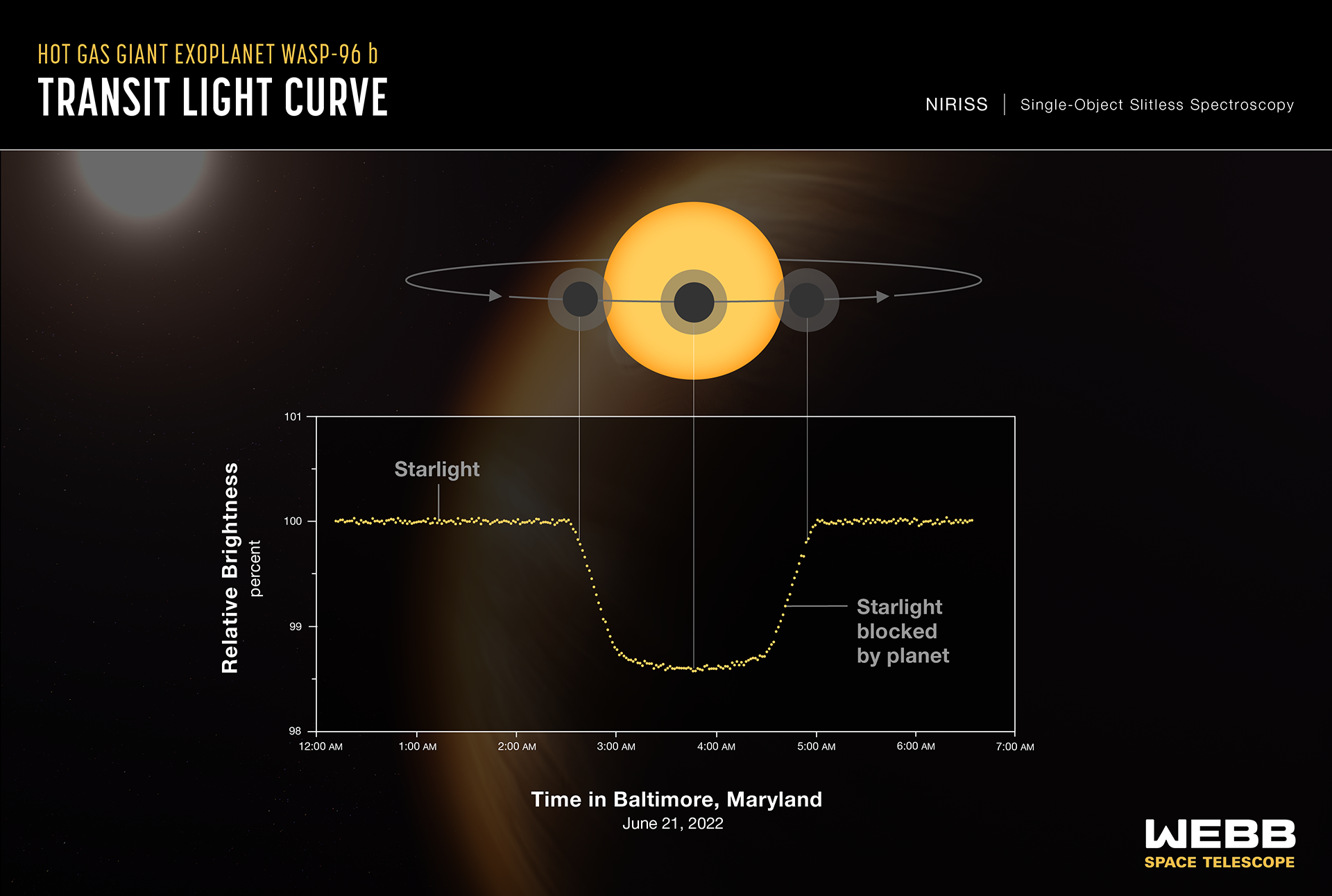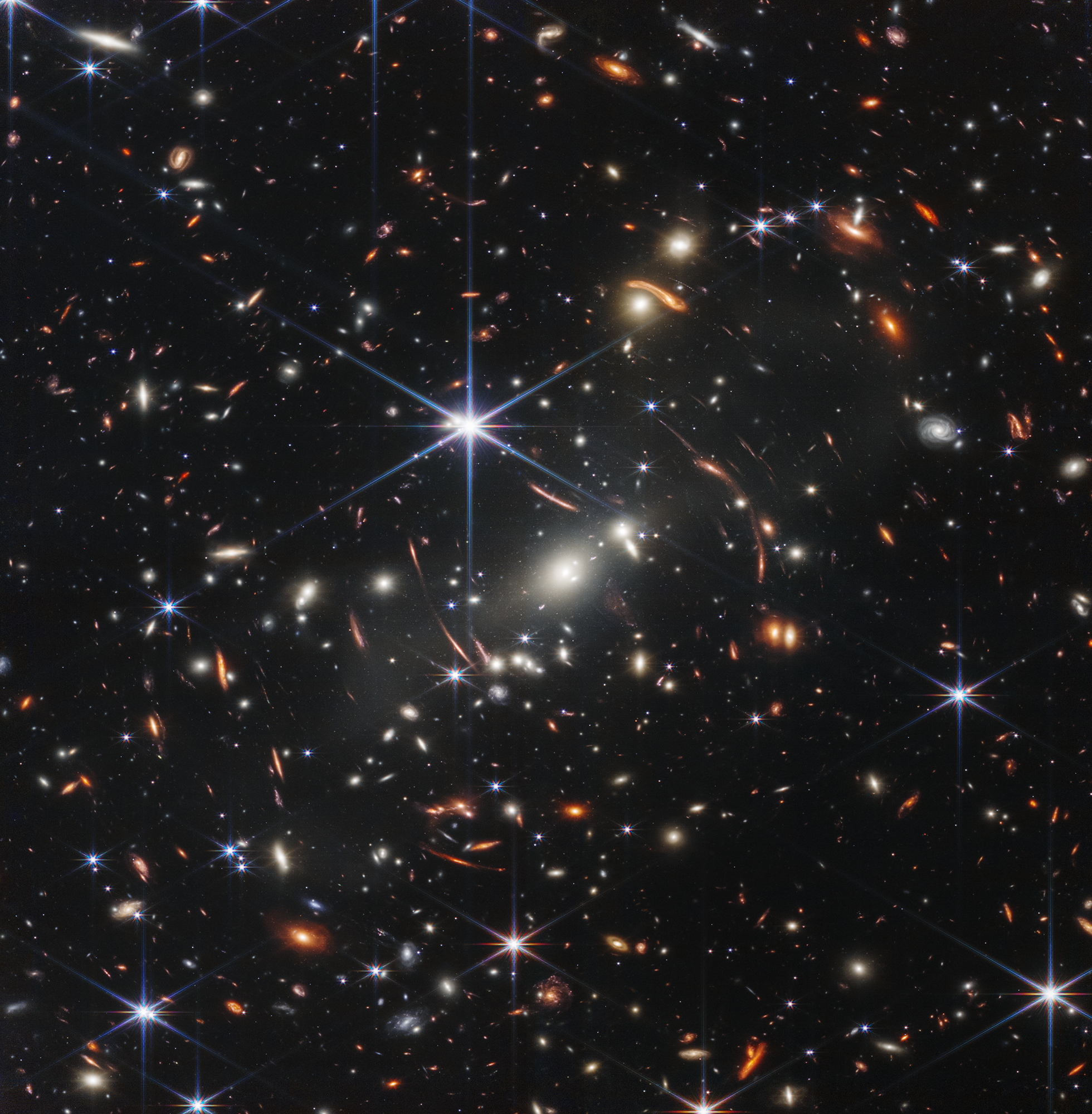
Editor’s Note: On Tuesday, July 12, 2022, NASA released the first images from the James Webb Telescope. These images, and others to follow, will be closely studied by scientists as they explore the far reaches of the universe. Now Habersham forecaster Tyler Penland is an astronomer who has closely followed the Webb Telescope’s design and launch. Here he explains what’s visible in the first batch of JWT images.
On December 25, 2021 the James Webb Space Telescope finally launched. It took ten years and billions of dollars to develop the technology needed for the next generation of telescope, something we had only dreamed of before. The telescope was placed in a unique orbit roughly 1 million miles away from Earth where it could study the universe using the best technology ever created.
Today, NASA released the first batch of images from this incredible machine. 5 images in total have been released along with the most detailed spectrograph of an exoplanet captured to date. Let’s take a look at these images and see just why they are so exciting.
- James Webb Deep Field
First, the telescope’s incredible resolution capability was trained on one, tiny section of the sky no larger than a grain of sand held at arm’s length. What resulted is the most detailed picture of the distant universe ever taken. Most of the galaxies in this image are imaged as they appeared 4.6 billion years ago. They are a part of the galaxy cluster SMACS 0723 located, you guessed it, 4.6 billion light years from Earth. The streaks of curved light are caused by an effect known as “gravitational lensing”. This is being caused by light from galaxies much more distant being bent around the galaxies we can see. The bright, white, elliptical galaxy in the center is causing a lot of the lensing seen in this image and one galaxy even has a mirrored image.
This image, along with the rest of them, were all taken in the infrared spectrum of light. Why infrared? The universe is expanding, which means most of the galaxies are moving away from us. As they move away the light is “shifted” towards the red end of the spectrum. This means that light that starts off in the visible spectrum eventually shifts out of it. We call this a “red shift” and is the exact same concept as the Doppler effect which causes cars to sound different as they approach and move away.
In addition, many objects that don’t emit much light in the visible spectrum emit plenty of it in the infrared, including us humans! Most cold objects, including nebula, emit most of their light in infrared making them much more visible using those wavelengths. And finally, infrared light is almost immune to being blocked by dust. The longer wavelengths aren’t blocked by cosmic dust nearly as badly, allowing us to peer into dusty, star-forming regions of the galaxy.
Our second image comes from a nebula located in the southern hemisphere – the Carina Nebula. This nebula is located “only” 7600 light-years away from the Earth and is home to many young stars and proto-planetary discs (young planet systems).
Using it’s infrared visibility described earlier, the JWST is able to see through much of the dust located in this dense region of space. You can see incredible detail in the image including “steam” rising up in the image which is just hot ionized gas being driven away by the strong UV radiation from the forming stars. Numerous pillars, holes and cavities can be seen all due to this star formation.
3. Stephan’s Quintet
This next image shows a group of 5 galaxies, of which 4 are interacting. The four interacting galaxies are located roughly 290 million light years from Earth while the left-most galaxy sits much closer at only 40 million light years. This image was combined from 1,000 original images and covers an area roughly 1/5 of the moon’s diameter (the largest image released). The interactions between the 4 main galaxies is mesmerizing, particularly the two in the center that appear in the process of merging. Numerous other distant galaxies can be seen in the image as well.
4. The Southern Ring Nebula
The Southern Ring Nebula is a cousin to the ring nebula visible from here in the northern hemisphere. Ring Nebulae have been heavily studied and are fairly well understood. As some stars reach the end of their lives they periodically emit gas in a cycle. By the end of this cycle all that remains of the original star is a white dwarf and two nebula, one on each side of the star. When viewed from Earth we often see these two nebula as one appearing as a circle, or ring, around the remaining white dwarf. The dwarf can easily be seen as the dimmer of the two stars in the center of the image on the right, and the two curved lines above and below it are caused by us viewing the nebula from a 40 degree angle rather than straight on. When viewed directly from the side these nebula appear as a dumbell rather than a ring, and I’m certain we will see the JWST image one of those soon. The intricate gas interaction can easily be seen in the image on the left as it moves away from the dying white dwarf.
5. Spectra of WASP-96b
The last image isn’t an image at all, but rather a spectrograph. This is my favorite piece of research released by NASA in this first round of photographs because I spent quite a bit of time in college studying this exact effect. When an exoplanet (a planet in another system) moves in front of its parent star it blocks a small amount of the light. By taking a spectrograph before and during the transit you can subtract the two to get the spectrograph of the planet’s atmosphere since some of the light from the star passed through it. This particular spectra is called a “transmission spectra”.
What is a spectrograph? A spectrograph shows the wavelengths of light that are absorbed as the light from the star passes through the planet’s atmosphere. Since we know what elements and molecules absorb certain wavelengths from studies on Earth and in our own solar system, we can determine the atmospheric composition of these distant planets. In this case that planet is WASP-96b. Located roughly 1150 light years away this planet is a hot gas giant that orbits its parent star VERY quickly, only 3.5 days, and VERY closely, less than 1/20th of the distance the Earth orbits our sun. The most exciting part of this spectrum is that water vapor, and most likely clouds, are seen in the peaks. They are still going over the data collected and that will take some time, but using what has been gathered already there is good evidence of both clouds and haze in this particular planet’s atmosphere. The temperature of its atmosphere is somewhere around 1350ºF as well, quite the inhospitable place.
More images will be released in the coming months as the JWST continues to peer into our universe. In the meantime be sure to head over to https://webbtelescope.org/ to see the full resolution images and learn more about both them and the telescope itself.


